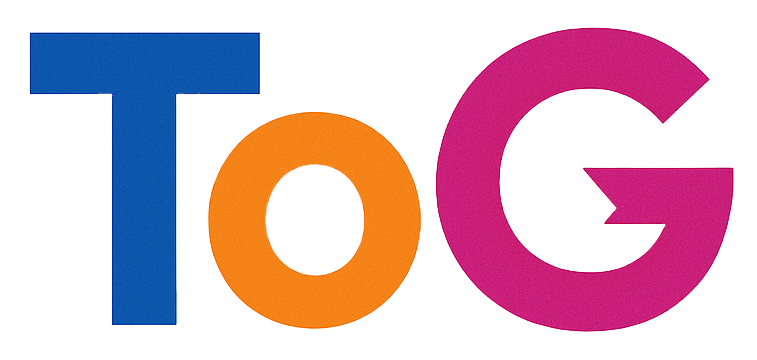Troubleshooting: Why Are Internal Pages Not Appearing in Google Search Results?
Are you experiencing an issue where only your website’s homepage is indexed by Google, while your internal pages remain unlisted? This can be a frustrating situation, especially when you’ve already taken standard steps to boost your site’s visibility. Here’s a comprehensive guide to understanding and resolving this problem.
Understanding the Issue
Having your homepage indexed is a good start, but neglecting internal pages can limit your site’s visibility and SEO potential. Google’s inability to crawl and index these pages might stem from various technical or configurational issues.
Common Steps Already Taken
If you’ve already attempted the following, you’re on the right track:
- Submitted a Sitemap: Ensuring Google knows about all your pages.
- Requested Indexing through Google Search Console: Initiating manual requests to speed up indexing.
- Reviewed Crawl Errors and Coverage Reports: Checking for errors or issues preventing proper crawling.
Despite these efforts, the internal pages remain unindexed, indicating that further troubleshooting is necessary.
Potential Causes and Recommended Solutions
- Verify Robots.txt Settings
Ensure your robots.txt file isn’t inadvertently blocking Googlebot from crawling internal pages. Look for disallow directives that might restrict access:
plaintext
User-agent: *
Disallow: /internal-pages/
Adjust these settings to allow crawling of all relevant pages.
- Check Meta Robots Tags
Review individual pages’ meta tags to ensure they do not contain noindex directives. A page with <meta name="robots" content="noindex"> will be excluded from search results.
- Ensure Proper URL Structure and Internal Linking
A well-structured URL pattern and robust internal linking facilitate better crawling. Internal links help Google discover and understand the hierarchy of your content.
- Analyze Crawl Budget and Server Performance
If your site has a large number of pages or slow server responses, Google may limit crawling. Optimize your server for speed and ensure your site is accessible to bots.
- Review Indexing Status in Search Console
Use the URL Inspection tool to check the status of individual pages. If pages aren’t indexed, the tool may provide insights or reasons, such as soft 404 errors or duplicate content issues.
- Consider Content Quality and Uniqueness
Google prioritizes high-quality, unique content. Ensure your internal pages offer valuable information and are not flagged as thin or duplicate content.
- **Leverage Structured Data (

